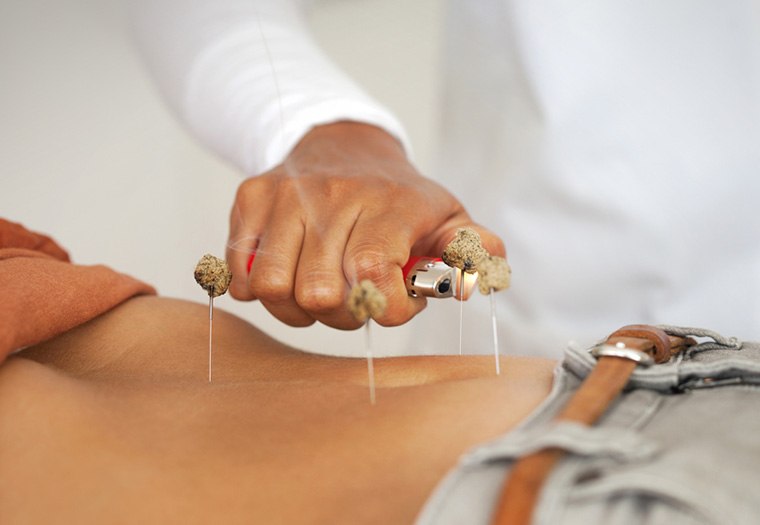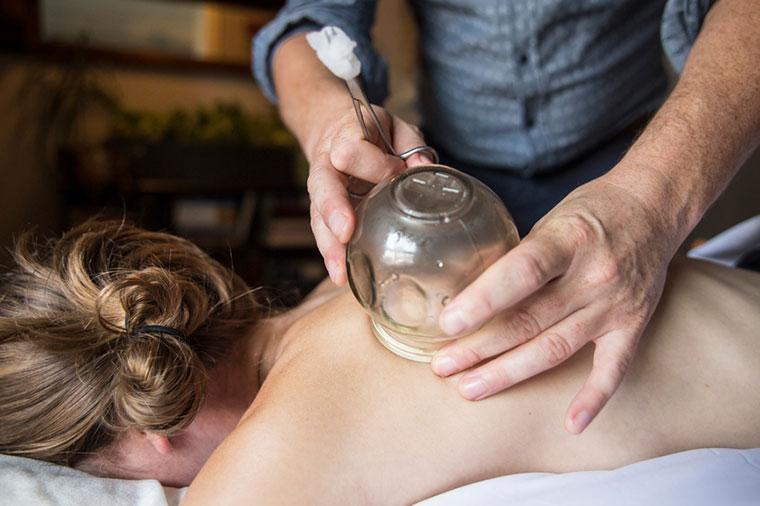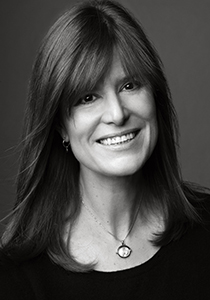Is Energy Medicine Coming to a Doctor’s Office Near You?
“Is it my imagination, or are there more energy healers around these days,” a friend asked me recently.
She’s not seeing things: From shamans to reiki masters and chakra-balancers, energy medicine has never been buzzier. Even Bunim Murray, the producers of Keeping Up With The Kardashians and Project Runway, are getting in on the act—they recently put out a call for patients willing to be treated by an energy healer as part of a new reality show.
As an energy worker myself, I’m simultaneously grateful that energy medicine is becoming more accessible and worried that this sudden trendiness will turn the field into a sideshow at a time when science is beginning to take the practice much more seriously.
I’m worried that this sudden trendiness will turn [energy medicine] into a sideshow at a time when science is beginning to take the practice much more seriously.
As an acupuncturist, I practice one of the oldest forms of energy medicine in existence—one that also requires a four-year post-graduate degree in traditional Chinese medicine, board certification, and a license. Because of that, publisher Harper Collins has commissioned me to write a book that looks at energy healing in all its forms—and given me the chance to connect with some of the best healers in the world.
I’ve met with a college sociology professor who specializes in energy medicine research; he teaches his students a healing technique that, in the laboratory, has reversed cancer in mice. I've spoken with a practitioner of Chinese medicine who conducted a study at Johns Hopkins that showed acupuncture could reverse a serious eye disease and restore vision. I’ve interviewed sound healers, talked with researchers who have studied the power of prayer, taken part in ceremonies with a Peruvian shaman, participated in a Native American sweat lodge, travelled to meet with an 18th generation qi gong master, watched a reiki practitioner treat patients in a hospital, and consulted scientists and medical anthropologists who can explain their work.

{{post.sponsorText}}
Needless to say, it’s a broad field—but all energy healers have one thing in common: We’re accessing the body’s electromagnetic field in a way that prompts self-healing or, to give it the scientific term, restores homeostasis.
Here's how Western medicine's embracing these Eastern traditions.

Accessing the body's electromagnetic field
Modern medicine is familiar with the body’s energy fields and uses them both diagnostically and for treatment. The fields most commonly documented are the bioelectrical fields around the heart, the brain, and the muscles. These are best known by the technologies that measure them—the electrocardiogram, the electroencephalogram, and the electromyogram. Science has also identified fields around the retina, the nerves, some organs—such as the ovaries—and some glands.
And doctors are now using some forms of energy, such as vibrational sound energy, light, and lasers—for example, pulses of infrared light can treat depression by stimulating a patient’s vagus nerve and static magnets are being used to alleviate pain or break up scar tissue. So when energy healers talk about healing by interacting with the energy field, they're talking about something that's measurable, well-documented, and increasingly becoming part of the mainstream.
Doctors are now using some forms of energy, such as vibrational sound energy, light, and lasers.
However, long before physicists began to study energy waves, the ancient Chinese understood that everything around us is vibrating. And they weren’t alone—in fact, most major traditions identify a vital energy that governs physical and mental processes and provides all living beings with a blueprint for health and abundance.
Chinese medicine refers to this vibration as "qi", which is a broad term, encompassing all manifestations of energy from the most material aspects—such as flesh and blood—to the most immaterial expressions—such nerve impulses, thought, and emotion. I like to think about qi (which you’ll sometimes see it spelled “chi”) as our body’s intelligence—the way our various systems interact to help us to heal and thrive. Qi is what prompts our livers to detoxify if we have one drink too many, or our skin to grow back after a cut.

Tapping energy's healing potential
The ancient practice of acupuncture is just one part of Chinese medicine, which also encompasses the use of herbs, massage, qi gong, nutrition, cupping, and moxa, a form of medicinal smoke. Here in the West it only took us 5,000 years to catch up, but these days acupuncture has achieved some legitimacy thanks to research linking it with the release of endorphins—which shows this modality can affect pain pathways in the brain and nervous system.
Here in the West it only took us 5,000 years to catch up, but these days acupuncture has achieved some legitimacy.
Neuroimaging studies demonstrate that acupuncture also calms areas of the brain that register physical discomfort and activates those involved in rest and recuperation. That's not all: Doppler ultrasound shows that acupuncture increases blood flow in treated areas, and thermal imaging proves that it can make inflammation subside.
The more ways we can quantify how an energy medicine like acupuncture works, using Western technologies and clinical terms, the more readily these practices will be embraced by the medical world at large.

Maintaining a sense of mystery
Many years ago I was given the opportunity to found a program that uses acupuncture as pain relief during childbirth at NYU Lutheran Medical Center. The Brooklyn hospital isn't alone in embracing Chinese medicinal traditions: New York's Sloan Kettering Hospital now trains acupuncturists to treat cancer patients, and Stanford University’s Department of Materials Science has been studying the healing power of what it calls “subtle energies.”
Meanwhile, the University of California, Irvine has taken a look at the science behind pranic healing, a field of no-touch energy medicine that uses prana (a person's life force) to balance and harmonize her internal energy levels.
While I’m fascinated by what science has to say about energy medicine, there are aspects of healing that can’t be measured by modern technology.
And while I’m fascinated by what science has to say about energy medicine, there are aspects of healing that can’t be measured by modern technology. In my own practice, I’ve often been in awe of the ways people heal themselves, and as I’ve examined life-force energy through various prisms for my forthcoming book on energy medicine, I’ve been reminded of a quote from Albert Einstein: “The most beautiful experience we can have is the mysterious. It is the fundamental emotion that stands at the cradle of true art and true science.”

Dr. Jill Blakeway, DACM, is a practitioner and teacher of Chinese Medicine and the founder and clinic director of the YinOva Center in New York City.
Jill is the author of Making Babies: A Proven 3-Month Program for Maximum Fertility and Sex Again: Recharging Your Libido. She's currently writing her third book, about energy healing, for Harper Collins.
Here's why more and more women are turning to energy healing for a mind-body reboot—plus, a primer on how pranayama breathing can help lower inflammation.
Loading More Posts...